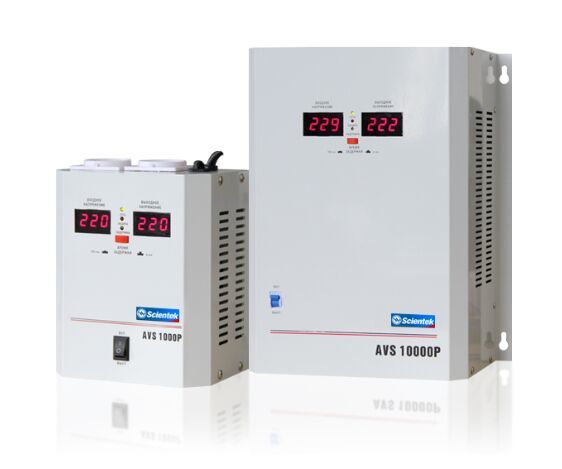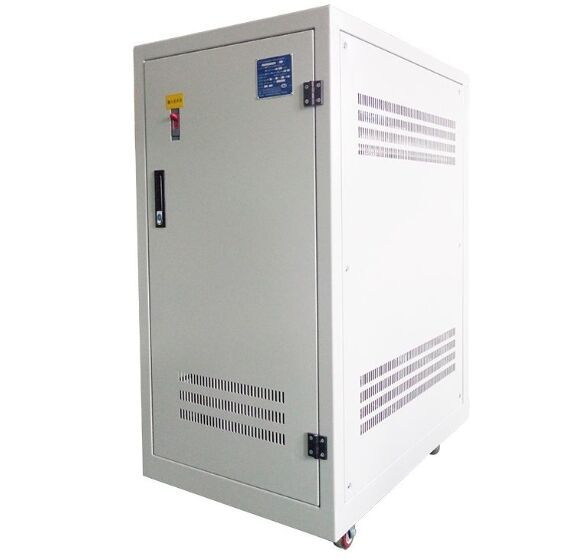Electromechanical regulators can be used to regulate the voltage on AC distribution lines. These regulators usually work by selecting the appropriate taps on a transformer with multiple taps. If the output voltage is too low, the tap switch will switch the connection to generate a higher voltage. If the output voltage is too high, the tap switch will switch the connection to produce a lower voltage.

The regulator is equipped with a relay horseshoe magnet, which consists of two identical windings, both of which cross the field armature. The one on the left is permanently connected(Three-phase voltage regulator: function and working principle), while the other on the right completes the circuit only when the main contacts are closed.
The control provides a dead zone in which the controller will not function, thereby preventing the controller from constantly searching (constantly adjusting the voltage) to reach the desired target voltage.
This type of regulator can be automatically executed by a servo control mechanism to move the position of the movable coil in advance to provide increased or decreased voltage. Use a braking mechanism or a high transmission ratio gear to keep the rotating coil in place against the strong electromagnetic force acting on the moving coil.

If the mechanical regulator design is sensitive to small voltage fluctuations, the movement of the solenoid core can be used to move the selector switch over a series of resistors or transformer windings to gradually increase or decrease the output voltage, or Rotate the position of the moving coil AC regulator.
The overall structure is very similar to the design of standard alternator windings. The main difference is that the rotor does not rotate in the device, but keeps rotating. Therefore, the magnetic fields of the rotor and the stator can interact to increase or decrease the line voltage.